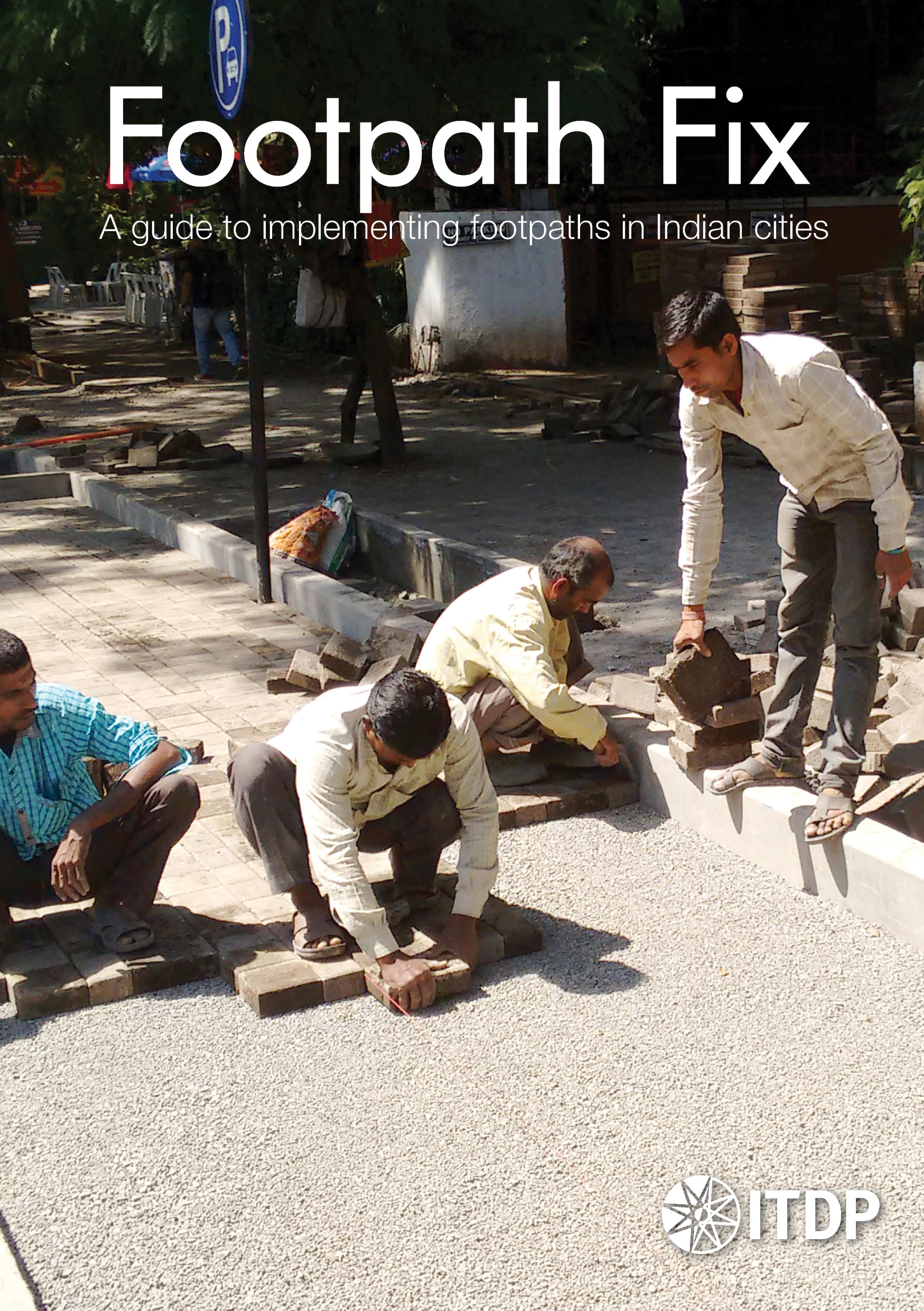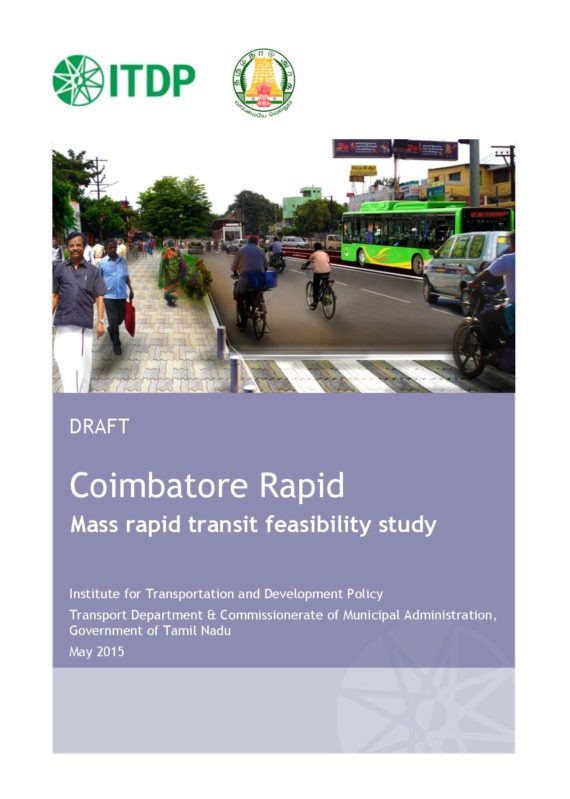The Footpath Fix is a step-by-step guide on footpath construction detailing for urban designers, municipal engineers, and contractors. Cities across India now acknowledge that walking plays a fundamental role in everyday life. Thereupon, good quality footpaths must be provided to make walking safe and attractive.
Footpath Fix














